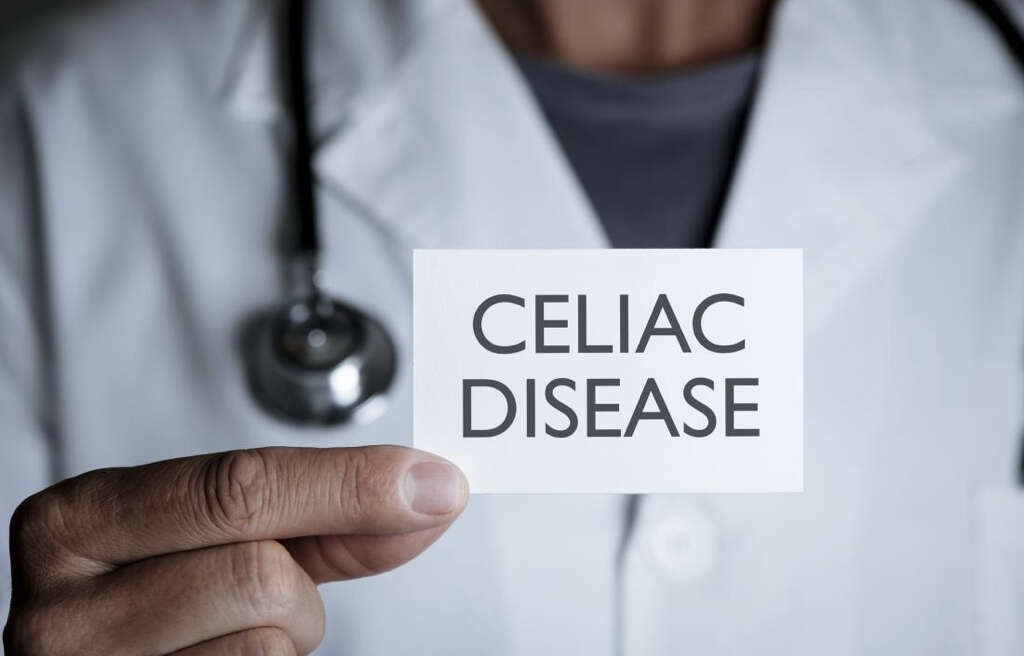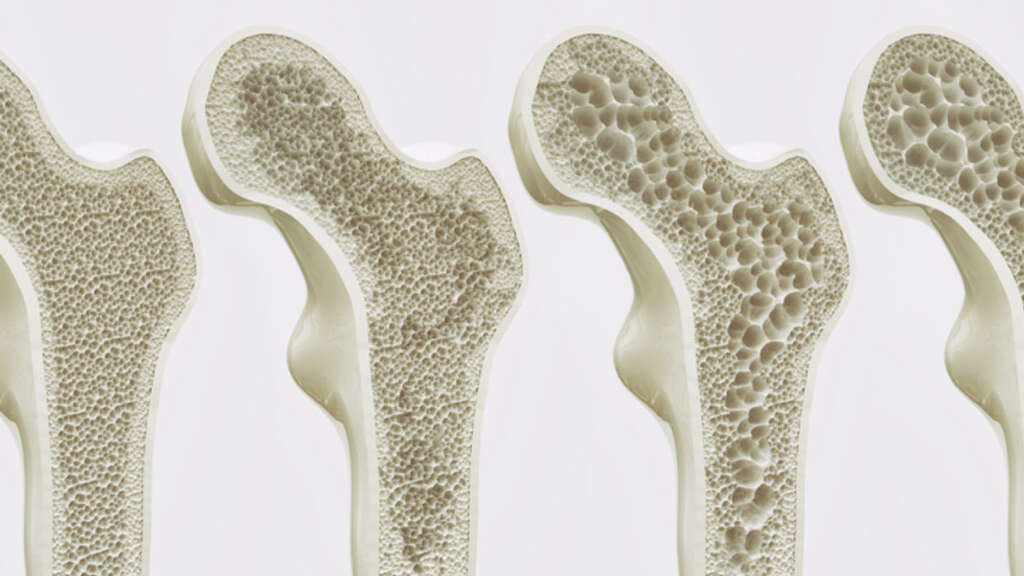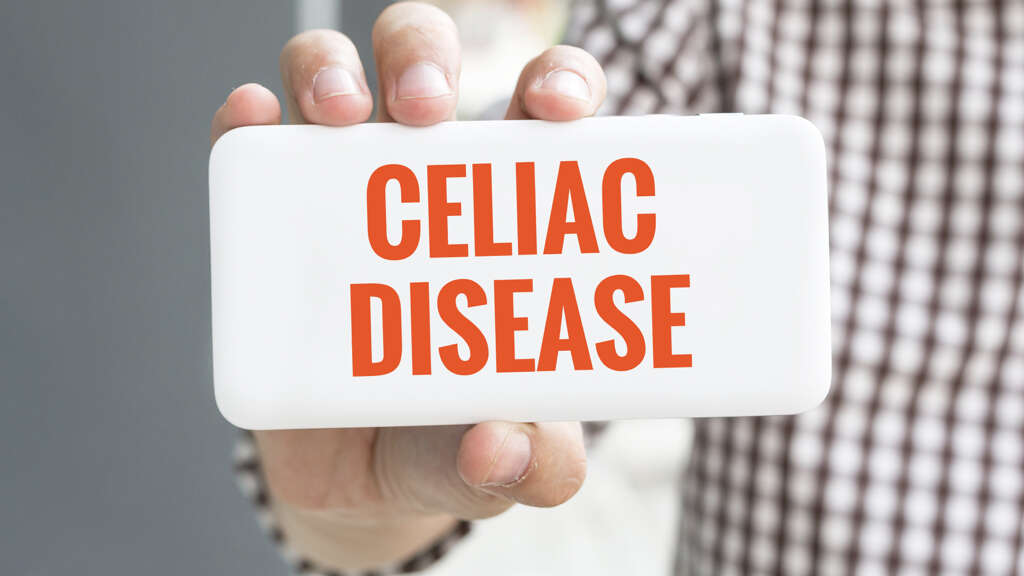What Is Celiac Disease?
We all need to eat on a fairly regular basis. The nutrients in our food are necessary to keep us strong and healthy, and they ensure that your body can perform all its basic metabolic functions. Eating is also very enjoyable, but a lot of people will experience some very unpleasant side effects if they ingest certain foods.
A lot of people will have an allergic reaction to a substance known as gliadin contained in gluten, which is very common in today’s diets. This will mean that most people with this chronic condition, known as celiac disease, will need to steer clear of the substance.

1. Gluten
Gluten is a type of protein that is found in rye, barley, and wheat. For most people, this is not a problem, however it can cause severe symptoms in those affected. One of the main problems for people with celiac disease is that foods that contain gluten are very common (i.e. Breads and pastries). This means that avoiding it can be difficult, and some people might end up ingesting it unexpectedly.

2. Celiac Disease
Celiac disease is a chronic autoimmune condition of the digestive tract that results in an inability to tolerate gluten. When gluten is consumed, the body’s immune system recognizes it as something potentially harmful and sets about attacking the gluten.
Unfortunately, the lining of the patient’s small intestine is also attacked, and this results in an inflammatory response that eventually damages the absorptive surface of the gut. This process leads to symptoms related to maldigestion and malabsorption of food nutrients.

3. Etiology
This condition results from a combination of genetic factors and immune responses to gliadin. When this protein enters the gut, it interacts with an important enzyme known as transglutaminase that converts it into a negatively- charged protein, which subsequently induces inflammatory molecules (i.e. interleukins) that stimulate the proliferation of different types of lymphocytes (white blood cells) that attack the lining of the gut. This autoimmune response damages the intestinal villi, an important part of the gut’s absorptive surface.
Furthermore, genetic factors also have an important role in this condition. Celiac disease itself is not inherited, however a person can inherit the susceptibility to develop this condition. Nevertheless, environmental factors can also interact with the genes involved to cause celiac disease. Normally, the HLA genes (human leukocyte antigen complex gene family) provide “directions” for producing proteins that help the immune system distinguish between proteins made by the body from those produced by pathogens such as viruses and bacteria. The interactions between some of these HLA gene alleles (HLA-DQA1 and HLA-DQB1) are known as haplotypes, and they are associated with increased susceptibility to the condition. The HLA haplotypes involved are HLA-DQ2 and HLA-DQ8. Finally, having these alleles does not necessarily mean that a given person will experience the disease.

4. Chronicity
So far, there is no known cure for celiac disease. It is a chronic condition and the patient will react badly to gluten every time they ingest foods that contain it. The patient will need to be careful about what they eat to prevent falling ill with symptoms.
The symptoms of celiac disease can vary from patient to patient. In addition to causing short-term symptoms, excess celiac consumption might also cause damage to the digestive system.

5. Intestinal symptoms
As mentioned, the immune system can attack the digestive tract when gluten is present. This can cause damage to the digestive system, resulting in malabsorption of nutrients from ingested food. Not being able to get sufficient nutrients will cause numerous problems for the patient, potentially leading to serious complications.
Symptoms of malabsorption include diarrhea (i.e. watery stools), steatorrhea (presence of excess fat in feces due to malabsorption of fats), flatulence, abdominal pain, weakness or fatigue, and weight loss. Malabsorption can be particularly problematic in children because it can cause malnutrition, which can affect development. Finally, celiac disease can also cause serious extraintestinal disorders that will be also be discussed in this article.

6. Neurologic symptoms
Patients with celiac disease can develop hypocalcemia or lower-than-average levels of calcium in the blood. Due to fat malabsorption in celiac disease, hypocalcemia may arise due to an impaired absorption of vitamin D (a fat- soluble vitamin). It can also be attributed to the binding (and loss) of calcium in the lumen of the gut to unabsorbed fatty acids.
Calcium has many important roles in your body, including the conduction of electric nerve impulses in your nerves. Thus, patients with celiac disease that have hypocalcemia may present with neurologic symptoms. These include motor weakness (loss of muscle strength) and paresthesias with sensory loss (numbness or a burning sensation in a specific area).

7. Dermatitis Herpetiformis
Dermatitis is an umbrella term that applies to a range of conditions that causes the skin to become inflamed. Dermatitis herpetiformis is a condition that can be caused by celiac disease, however, it is not the only cause. It is also known as Duhrings disease.
This type of dermatitis is caused by an antibody (IgA) that is produced in response to the presence of gluten. It can accumulate in the uppermost part of the dermis of the skin (papillary dermis), causing an itchy rash that can involve red bumps and painful blisters. It is usually located on extensor surfaces of the arms and legs (i.e. Knees, elbows), buttocks, and back.

8. Osteopenia and Osteoporosis
As you might have guessed, osteopenia and osteoporosis are related diseases, and both involve a degree of bone loss. This is measured by T-scores, a marker of “bone mineral density”, through a noninvasive test known as dual-energy x-ray absorptiometry (DXA). A T-score ranging from -1 to -2.5 is classified as osteopenia, a less severe bone mineral density loss than osteoporosis. Values less than -2.5 are usually diagnostic for osteoporosis. Importantly, as bone mineral density declines (i.e. osteoporosis), the fracture risk for the patient increases.
Patients with celiac disease can develop osteopenia and osteoporosis due to vitamin D deficiency, binding of calcium in the lumen of the gut to unabsorbed fatty acids, or defective transport of the molecule by the affected intestine.

9. Anemia
Anemia is a condition in which there is a lack of healthy red blood cells to carry oxygen to your tissues. Red blood cells, specifically the hemoglobin contained in their interior, need iron to bind and transport that oxygen to the tissues.
Patients with celiac disease can develop an iron-deficiency anemia due to impaired absorption of iron or folate from the affected small intestine. Patients with anemia can experience sign and symptoms like fatigue and pallor.

10. Weight Loss
A healthy digestive system is very important because we might otherwise struggle to get the nutrition that we need. Thus, a lot of people with celiac disease will find that they lose weight because they are unable to absorb what they need. In addition, other symptoms might discourage them from eating.
Celiacs will also sometimes experience diarrhea, while constipation is also often experienced. Celiac attacks can also cause some very uncomfortable bloating, and pain in the abdomen area is also not uncommon. Bear in mind that unplanned loss of weight is a sign that something is wrong, so it should be checked out.









